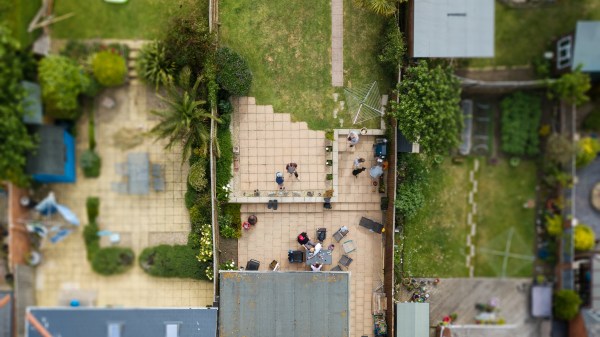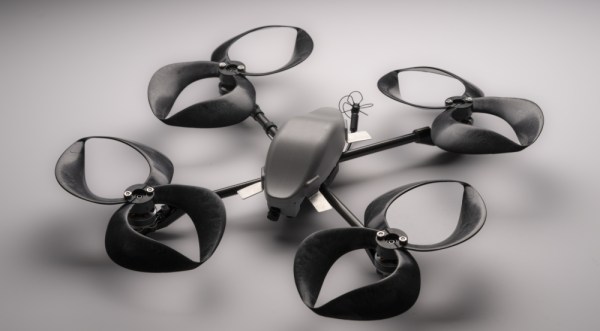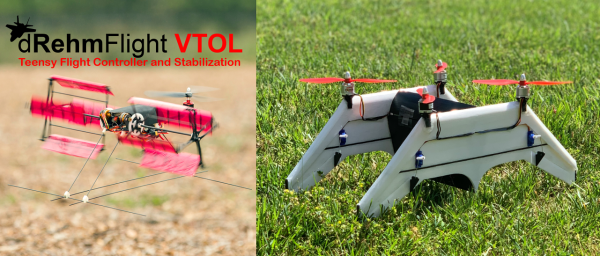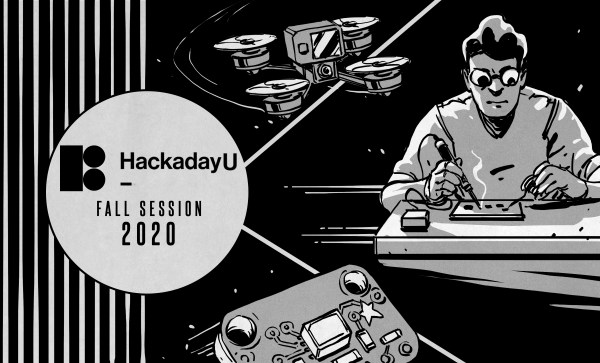Full disk encryption is the go-to solution for hardening a laptop against the worst-case scenario of physical access. One way that encryption can be managed is through a Trusted Platform Module (TPM), a chip on the motherboard that manages the disk encryption key, and only hands it over for boot after the user has authenticated. We’ve seen some clever tricks deployed against these discrete TPMs, like sniffing the data going over the physical traces. So in theory, an integrated TPM might be more secure. Such a technique does exist, going by the name fTPM, or firmware TPM. It uses a Trusted Execution Environment, a TEE, to store and run the TPM code. And there’s another clever attack against that concept (PDF).
It’s chip glitching via a voltage fault. This particular attack works against AMD processors, and the voltage fault is triggered by injecting commands into the Serial Voltage Identification Interface 2.0 (SVI2). Dropping the voltage momentarily to the AMD Secure Processor (AMD-SP) can cause a key verification step to succeed even against an untrusted key, bypassing the need for an AMD Root Key (ARK) signed board firmware. That’s not a simple process, and pulling it off takes about $200 of gear, and about 3 hours. This exposes the CPU-unique seed, the board NVRAM, and all the protected TPM objects.
So how bad is this in the real world? If your disk encryption only relies on an fTPM, it’s pretty bad. The attack exposes that key and breaks encryption. For something like BitLocker that can also use a PIN, it’s a bit better, though to really offer more resistance, that needs to be a really long PIN: a 10 digit PIN falls to a GPU in just 4 minutes, in this scenario where it can be attacked offline. There is an obscure way to enable an “enhanced PIN”, a password, which makes that offline attack impractical with a secure password.
And if hardware glitching a computer seems to complicated, why not just use the leaked MSI keys? Now to be fair, this only seems to allow a bypass of Intel’s BootGuard, but it’s still a blow. MSI suffered a ransomware-style breach in March, but rather than encrypt data, the attackers simply threatened to release the copied data to the world. MSI apparently refused to pay up, and source code and signing keys are now floating in the dark corners of the Internet. There have been suggestions that this leak impacts the entire line of Intel processors, but it seems likely that MSI only had their own signing keys to lose. But that’s plenty bad, given the lack of a revocation system or automatic update procedure for MSI firmware. Continue reading “This Week In Security: TPM And BootGuard, Drones, And Coverups” →




















